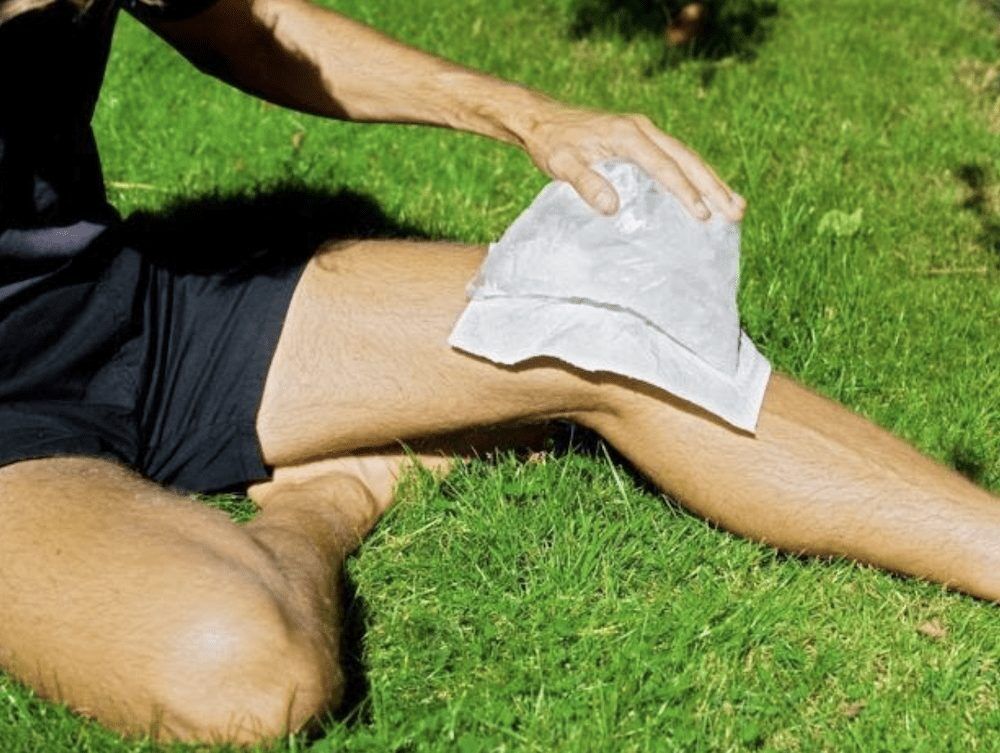Over the past 5 years, there has been a topical debate over whether we should ice after an injury or not. In 1978 we used the acronym RICE (rest, ice, compression, elevation,) to treat any soft tissue injury. This acronym has evolved over the years to PRICE (protection, rest, ice, compression, elevation) and then POLICE (Protection, optimal loading, ice, compression and elevation).
So why has this acronym now changed to POLICE? First of all, research has shown that optimal loading aids recovery through cell regeneration induced by light mechanical loading whereas a lack of loading does not aid recovery.
There is an agreement in the research that ice acts a great analgesic to pain by numbing the skin and cooling its temperature. It is now known that ice inhibits or delays the healing process. For example, when we roll our ankle, our body sends signals to our inflammatory cells known as macrophages which release the hormone-insulin-like Growth Factors (IGF-1). These cells initiate healing by killing off the damaged tissue such as the ligament that is torn. However, when ice is applied this prevents the body’s natural release of the IGF-1 and therefore delays the healing process.
Should we be using Ice?
The consensus between Physiotherapists is probably not because of the delayed healing process. We now use the acronym PEAVE & LOVE (Protection, elevation, avoid anti-inflammatory drugs, compression, education, and load optimisation, vascularisation and exercise).
What circumstance’s do we advise the use of ice?
In instances where the swelling is so large that it is limiting the joint range of motion (movement) and thus recovery, then ice is still recommended. For instance, after an ACL reconstruction or a knee replacement.
Reece Jones
Principal Physiotherapist
SIM Physiotherapy

